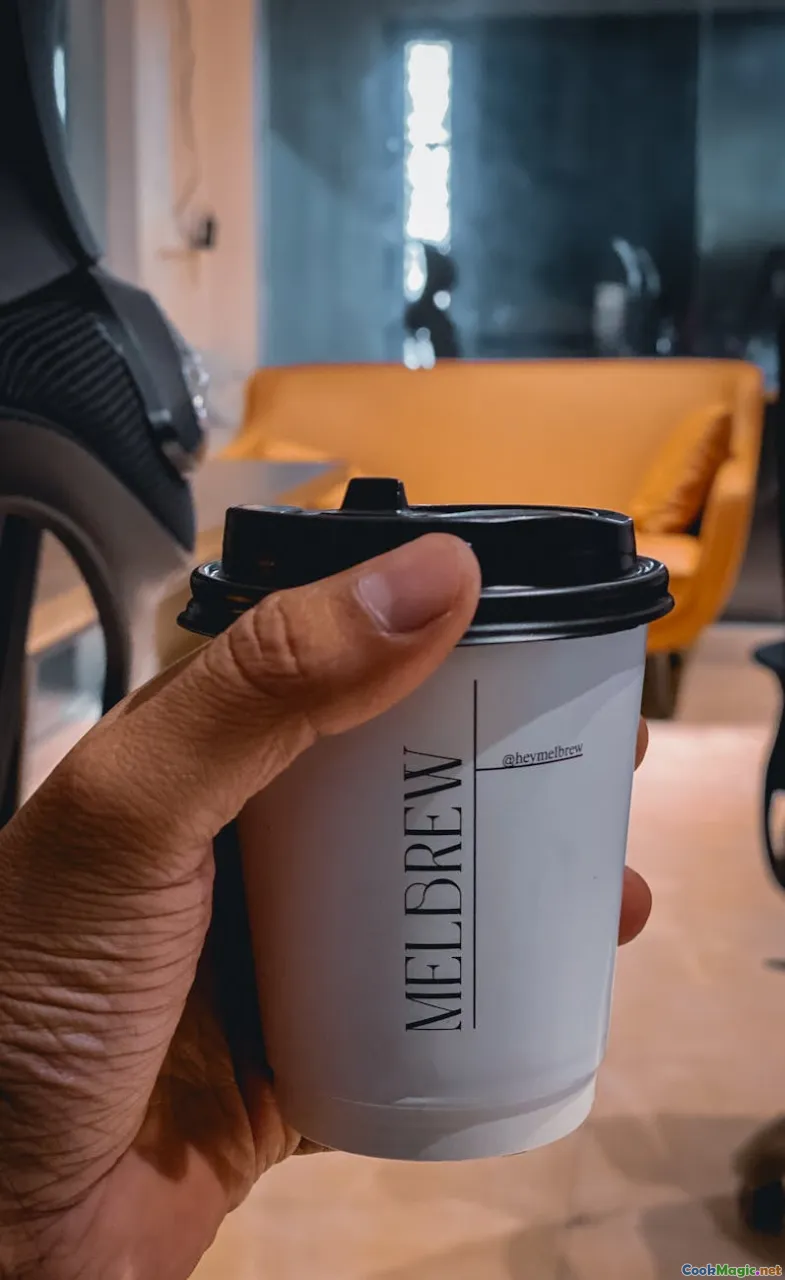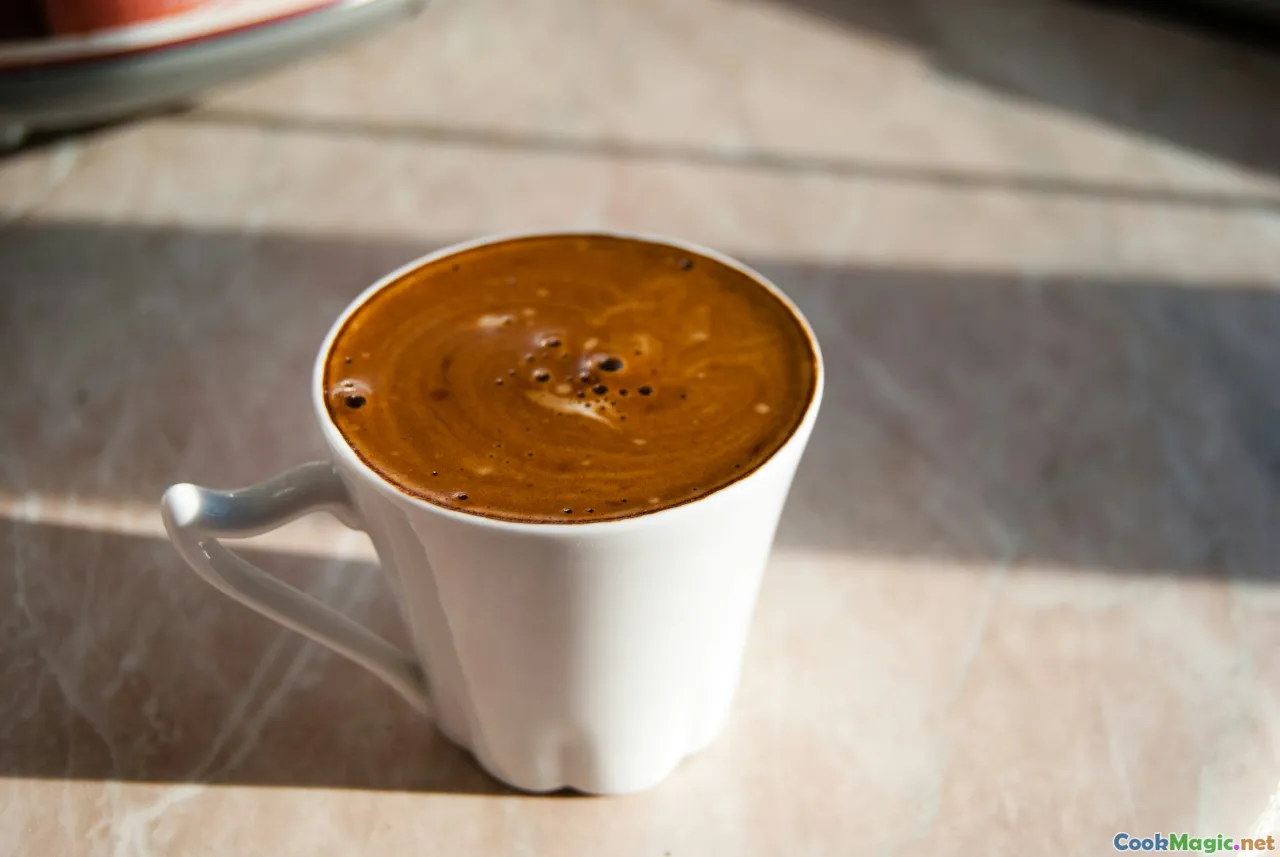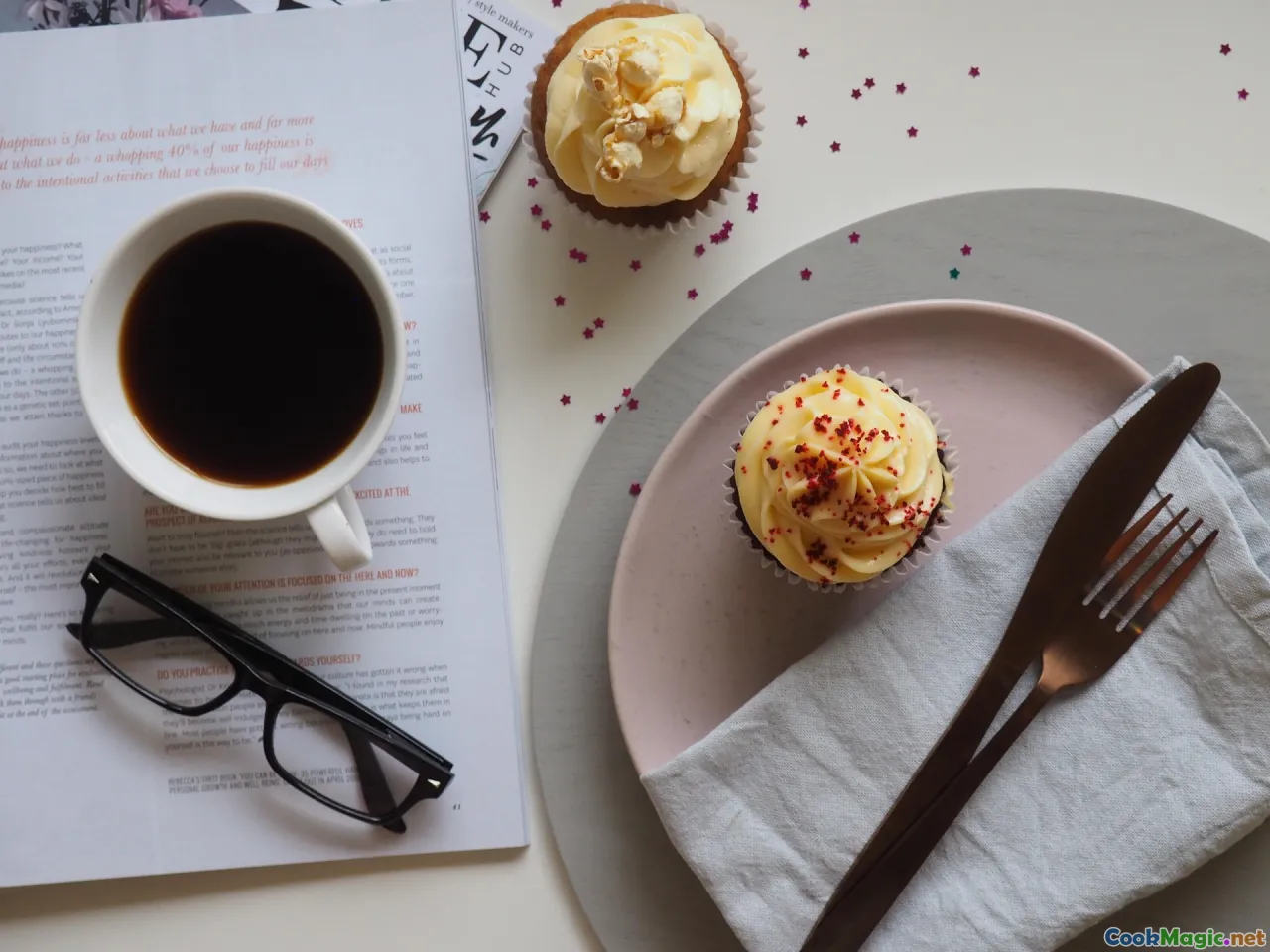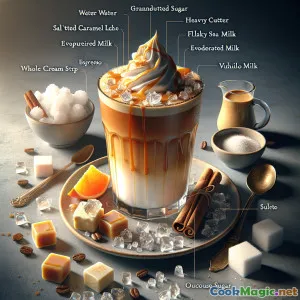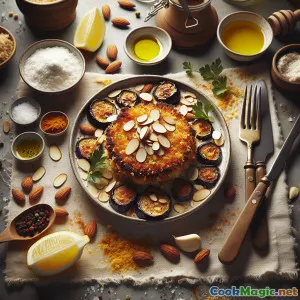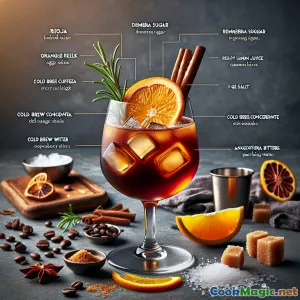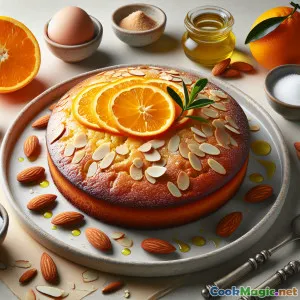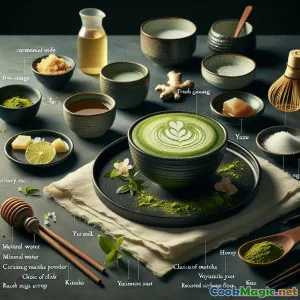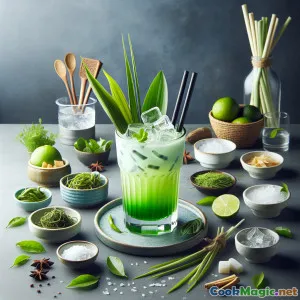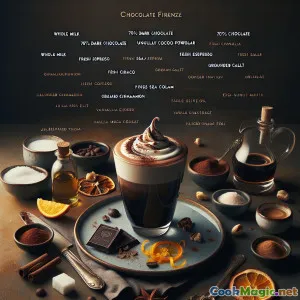
Barcellona Cioccolato Firenze Mocha
(Barcelona Chocolate Firenze Mocha)
(0 Recensioni)0
210
ottobre 05, 2025
Segnala un problema
Ingredienti
-
400 ml Latte intero
(For richer texture use 50% milk, 50% cream; reserve 1 tbsp for slurry)
-
120 grams Cioccolato fondente al 70%, tritato
(Choose high-quality bars for best melt and flavor)
-
1 tbsp Cacao in polvere non zuccherato
(Boosts chocolate depth and color)
-
2 tsp Amido di mais
(Whisk with 1 tbsp cold milk to make a slurry for thickening)
-
2 tbsp Zucchero semolato
(Adjust to taste based on chocolate sweetness)
-
60 ml Espresso appena preparato
(About 2 shots; strong moka pot coffee works too)
-
1 tsp Scorza d'arancia, grattugiata finemente
(From an untreated orange; avoid white pith)
-
1/4 tsp Cannella in polvere
(Nods to Spanish spiced chocolate)
-
1 pinch sale marino fine
(Heightens cocoa and citrus notes)
-
1 tsp Olio extravergine di oliva
(Tuscan-style finish for silkiness and aroma)
-
30 ml Liquore alle nocciole (Frangelico)
(Adds Italian nuttiness; omit for non-alcoholic version)
-
1/4 tsp Estratto di vaniglia
(Softens the bitter edge of dark cocoa)
-
1 cup panna montata leggera
(For topping; or use milk foam)
-
2 tbsp nocciole tostate spezzettate
(Crunchy garnish)
-
2 tbsp Scorza d'arancia candita, julienne
(Citrus garnish to echo the zest)
(For richer texture use 50% milk, 50% cream; reserve 1 tbsp for slurry)
(Choose high-quality bars for best melt and flavor)
(Boosts chocolate depth and color)
(Whisk with 1 tbsp cold milk to make a slurry for thickening)
(Adjust to taste based on chocolate sweetness)
(About 2 shots; strong moka pot coffee works too)
(From an untreated orange; avoid white pith)
(Nods to Spanish spiced chocolate)
(Heightens cocoa and citrus notes)
(Tuscan-style finish for silkiness and aroma)
(Adds Italian nuttiness; omit for non-alcoholic version)
(Softens the bitter edge of dark cocoa)
(For topping; or use milk foam)
(Crunchy garnish)
(Citrus garnish to echo the zest)
Nutrizione
- Porzioni: 2
- Dimensione Porzione: 1 mug (250 ml)
- Calories: 560 kcal
- Carbohydrates: 0 g
- Protein: 11 g
- Fat: 34 g
- Fiber: 6 g
- Sugar: 40 g
- Sodium: 120 mg
- Cholesterol: 20 mg
- Calcium: 300 mg
- Iron: 5 mg
Istruzioni
-
1 - Infuse the Milk:
In a small saucepan over medium-low heat, warm the milk with orange zest and cinnamon until steaming but not boiling. Stir occasionally to prevent skin forming.
-
2 - Make a cornstarch slurry:
Whisk cornstarch with 1 tbsp cold milk (taken from the measured milk) until smooth and lump-free. Keep nearby.
-
3 - Thicken and sweeten:
Remove saucepan from heat. Whisk in the slurry and sugar. Return to medium heat, whisking until slightly thickened and glossy, about 2–3 minutes.
-
4 - Melt chocolate and deepen cocoa:
Lower heat. Add chopped dark chocolate and cocoa powder. Whisk gently until the chocolate fully melts and the mixture becomes smooth and velvety. Do not let it boil.
-
5 - Add espresso and finish:
Stir in hot espresso, vanilla (if using), sea salt, and hazelnut liqueur (optional). Remove from heat and whisk in extra-virgin olive oil for a silky sheen.
-
6 - Garnish and Serve:
Strain into warm mugs to catch zest. Top with whipped cream, crushed hazelnuts, and candied orange peel. Serve immediately while thick and steamy.
In a small saucepan over medium-low heat, warm the milk with orange zest and cinnamon until steaming but not boiling. Stir occasionally to prevent skin forming.
Whisk cornstarch with 1 tbsp cold milk (taken from the measured milk) until smooth and lump-free. Keep nearby.
Remove saucepan from heat. Whisk in the slurry and sugar. Return to medium heat, whisking until slightly thickened and glossy, about 2–3 minutes.
Lower heat. Add chopped dark chocolate and cocoa powder. Whisk gently until the chocolate fully melts and the mixture becomes smooth and velvety. Do not let it boil.
Stir in hot espresso, vanilla (if using), sea salt, and hazelnut liqueur (optional). Remove from heat and whisk in extra-virgin olive oil for a silky sheen.
Strain into warm mugs to catch zest. Top with whipped cream, crushed hazelnuts, and candied orange peel. Serve immediately while thick and steamy.
Ulteriori informazioni su: Barcellona Cioccolato Firenze Mocha
Story and Inspiration
Barcelona Chocolate Firenze marries the indulgent thickness of Spanish chocolate a la taza with the espresso-driven soul of Florentine cafés. Picture a chilly evening strolling the Gothic Quarter, where chocolaterías serve cups so thick a spoon stands at attention. Now wander to Florence, where the perfume of fresh espresso mingles with orange peel, biscotti, and the peppery perfume of Tuscan extra-virgin olive oil. This drink fuses those worlds: thick, glossy chocolate, lifted by bright citrus and anchored by a serious shot of coffee.
What Makes It Unique
- Texture-first design: Spanish-style cornstarch thickening creates a luscious, spoonable body—more dessert than drink.
- Two-city flavor bridge: Orange zest nods to Mediterranean brightness, while Tuscan olive oil finishes the cup with an elegant, silky sheen and subtle green-fruity aroma.
- Coffee as a structural element: A proper espresso shot balances chocolate’s intensity, turning it into a sophisticated mocha with layered bitterness and sweetness.
- Hazelnut accent: Optional Frangelico and crushed hazelnuts contribute Italian nuttiness reminiscent of gianduja, without overpowering the cocoa.
Techniques and Tips
- Control the heat: Keep the mixture below a simmer once the chocolate is added. Boiling can scorch cocoa fats and cause graininess.
- Slurry success: Always combine cornstarch with a little cold milk first to avoid lumps. Add slowly while whisking.
- Zest wisely: Only take the outer, colorful layer of the orange. The white pith is bitter and will conflict with the chocolate.
- Olive oil finish: Stir the extra-virgin olive oil in off heat. It adds gloss and a silky mouthfeel, much like finishing a soup with good oil.
- Sweetness calibration: Start with the suggested sugar, then adjust after the espresso is added. Darker chocolates (80%+) may need more sugar.
- Espresso alternatives: No machine? Use a moka pot or a strong French press concentrate. Aim for 60 ml with intensity, not volume.
- Dairy-free route: Substitute a rich, barista-style oat milk or a 50/50 blend of coconut milk and almond milk. Increase slurry slightly (another 1/2 tsp) for comparable body.
Serving and Pairings
- Biscotti or cantucci: Dip gently; the drink is thick enough to hug the biscuit.
- Churros or porras: A playful Spanish echo; dust lightly with cinnamon sugar.
- Citrus lift: A final flourish of fresh zest at the table wakes up the aromatics.
- Nightcap mode: Keep the hazelnut liqueur for an after-dinner riff; otherwise, omit for a family-friendly treat.
Make-Ahead and Scaling
- Batch-friendly: Multiply ingredients and hold the base (through Step 4) warm in a thermos or slow cooker on low. Add espresso and olive oil just before serving.
- Reheat gently: If it thickens in the fridge, whisk over low heat with a splash of milk to loosen.
Troubleshooting
- Too thin: Simmer an extra minute or whisk in a 1/2 tsp cornstarch slurry and cook until it bubbles gently.
- Too thick: Whisk in hot milk, a little at a time, until you reach a pourable consistency.
- Grainy: Remove from heat and use an immersion blender for 10–15 seconds to re-emulsify.
Cultural Notes
Spanish chocolate a la taza is traditionally sipped alongside churros for breakfast or merienda. Its hallmark is spoon-coating thickness and deep cocoa flavor, often spiced with cinnamon. In Florence, coffee is not only a daily ritual but a craft—baristas obsess over extraction, crema, and temperature. Tuscan olive oil is prized for its freshness and peppery finish; drizzling oil over sweet things (think gelato or chocolate cake) is an old-world trick that modern chefs adore.
By weaving these elements together, Barcelona Chocolate Firenze becomes more than a mocha; it’s a dialogue between two culinary capitals. The olive oil amplifies aroma and mouthfeel, espresso sharpens the chocolate’s edges, and orange zest breathes light into the darkness. Take a sip, and you’ll understand how a cup can tell a story of place, craft, and comfort.
Final Chef’s Notes
- Use the best chocolate you can find—quality here is obvious in the cup.
- Don’t skip the pinch of sea salt: it is the quiet conductor that makes every other flavor play in harmony.
- For a summer twist, chill the thickened chocolate base, add cold espresso, and blend with ice for a luxurious, shake-like frappè. Adjust thickness with cold milk and finish with a scant drizzle of olive oil.

